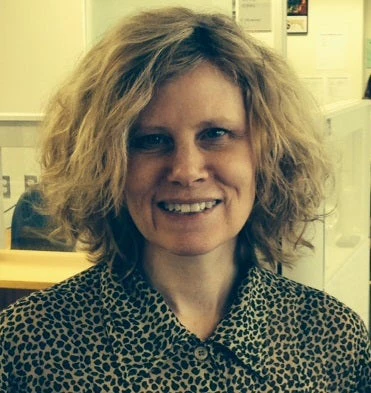The green energy revolution used to look pretty far off. Today, businesses are starting to factor the cost of climate change into their planning, countries have set targets for increasing the use of renewable energy, and wind farms and solar panels are popping up everywhere. But large-scale renewable energy development is still a challenge – especially in the absence of government incentives. Large-scale renewable power such as solar, wind, and wave power, though technically viable, is often seen by investors as too expensive to develop and too risky.
The International Finance Corporation (IFC), the World Bank Group’s private sector arm, is working to overcome those concerns. In Chile – a country with considerable renewable energy potential – these efforts are starting to have an impact. As the video below shows, Chile plans a significant shift in its energy equation – from 37% renewables today to 55% by 2024. Though still a very small percentage of the overall energy mix, non-conventional renewable power such as wind and solar is starting to happen there, without government subsidies.
Chile is highly motivated to diversify its energy supply. It imports 75% of its energy requirements and has suffered price spikes and shortages in the past. To encourage development, it passed a non-conventional energy law in 2008 requiring 5% of all energy sold by electricity companies to come from renewable energy. After 2014, the percentage rises each year by 0.5%.
Since 2006, IFC has invested more than $450 million in privately sponsored Chilean hydro, wind, and solar projects, including the 20-megawatt Hidromaule mini-hydro plant, which generates power for 70,000 homes from the natural force of a river; the 46-megawatt El Totoral, which was the first project-financed wind farm in the country; and three solar photovoltaic (PV) plants currently under construction. One of them is the 100-megawatt-peak Amanecer plant to be built by SunEdison in the Atacama Desert, one of the driest places on Earth and also one of the most conducive to solar radiative energy. The plant will be the biggest solar PV energy plant in Latin America and one of the biggest in the world. Together the projects will offset an estimated 1.7 million tons of CO2 emissions – roughtly equal to taking 200,000 cars off the road.
The two other solar PV plants are “merchant plants” – meaning they are being built without purchase contracts or price guarantees. Instead, the energy they produce will be sold at market rates. This arrangement is generally seen as “very risky” by banks, says Juan Payeras, the IFC principal investment officer on the projects. Very few banks choose to go forward with such an investment without a “power purchase” agreement, which have been difficult to obtain for solar PV projects, and very few are willing to take the risk for the development of renewable energy projects, he adds.
Despite the great potential of solar PV energy projects in the country, “the development of the sector was stuck without power purchase agreements,” Payeras says. “That’s where we came in.” For two of the projects, IFC combined its financing with financing from the Overseas Private Investment Corporation (the U.S. Government’s development finance institution), and Netherlands-based Rabobank, which provides renewable energy project financing to clients around the world.
The three solar projects have come about in the space of a year. Such projects can be developed quickly. IFC financing for the 30 MW expansion of a pilot project, the La Huayca II plant, for instance, was approved in October and will go online in March; the second project, the 50 MW San Andres plant, was approved in November and will also be operational in March.
So how could this experience help other countries? Payeras says Chile is a testing ground for renewable energy that can be developed and operate without subsidies – and therefore be competitive with fossil fuels. As confidence grows in the technology and costs decline, finance and development of renewable energy will become easier in more places. Says Payeras: “IFC wants to be a catalyst and demonstrate it can be done.”
Learn more about IFC’s work on renewable energy. Also check out Mapping the Renewable Energy Revolution and this infographic: Sustainable Energy for All – What Will it Take?


Join the Conversation